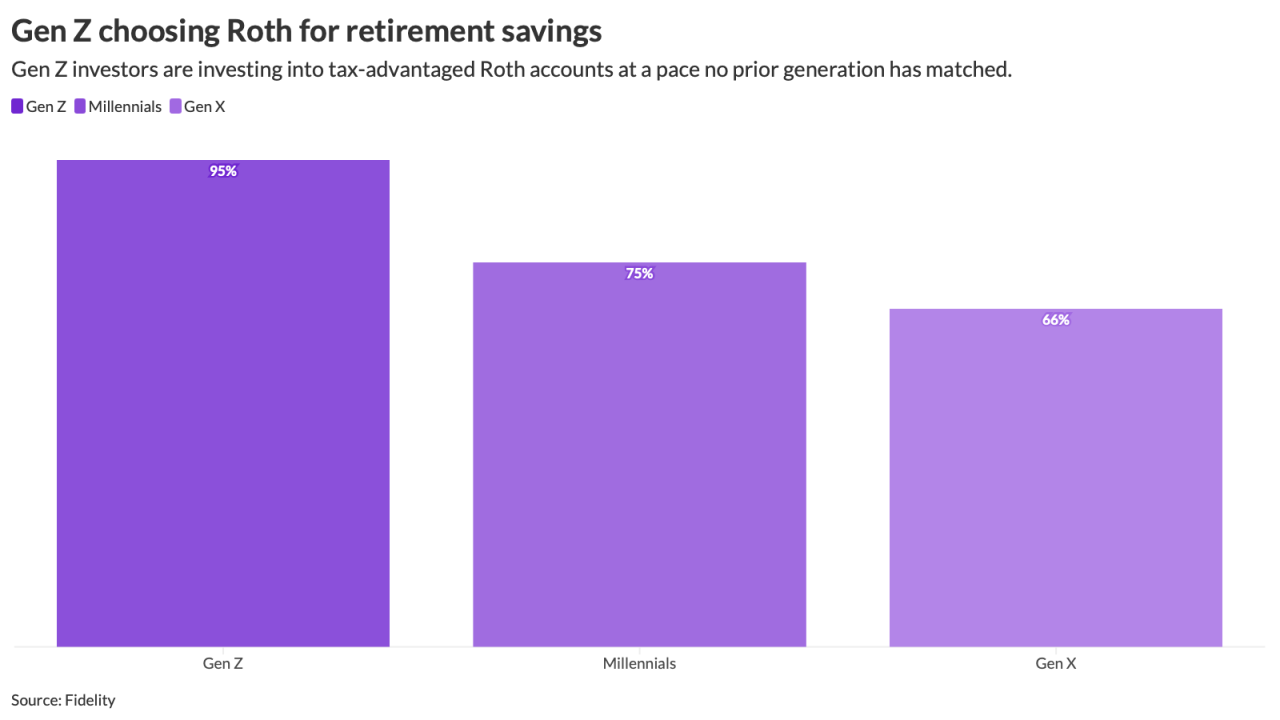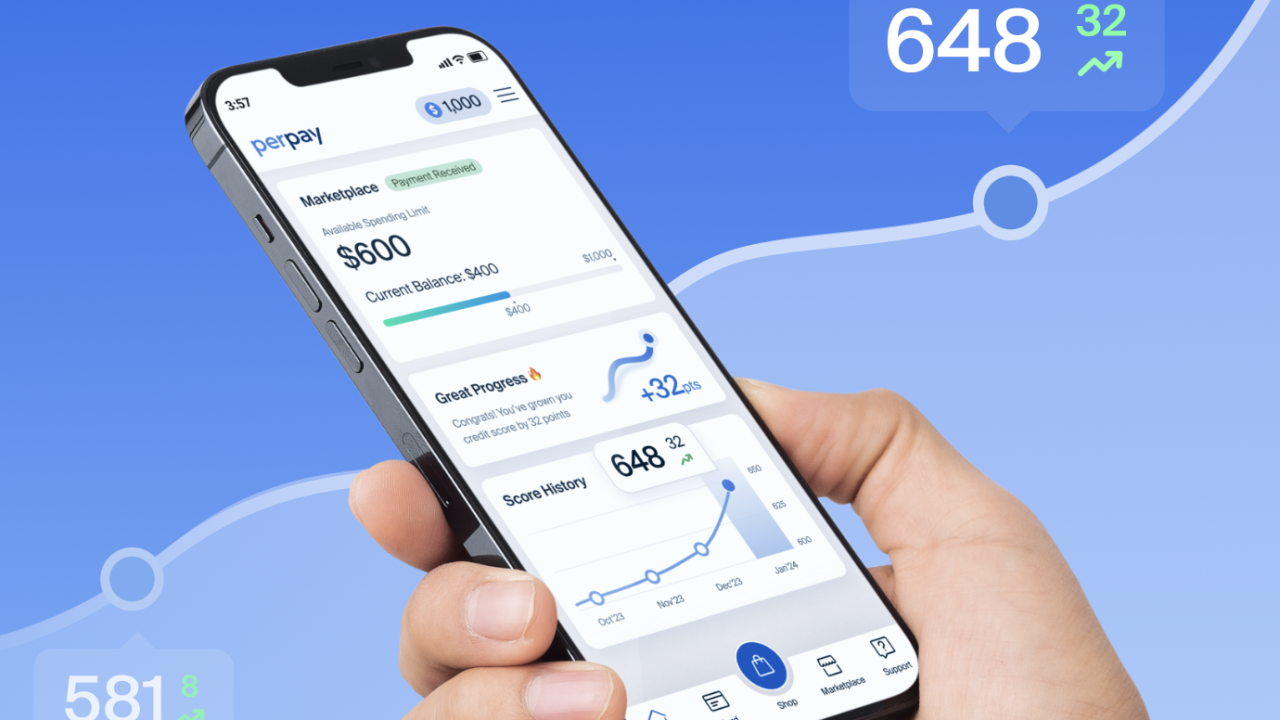As the total debt load continues to mount, thousands of employers have stepped up to help their employees by offering repayment assistance and optimization programs as part of their benefits packages. As the country moves back towards normalcy, now is the time to start thinking about whether your organization can improve the financial and emotional well-being of employees who have student debt.
The scope of the problem
There are 45 million student borrowers on the hook for $1.7 trillion of student debt. The total debt load has tripled over the past 15 years and continues to grow exponentially, faster than many other segments of the economy. Millennials have one of the highest student loan balances of any generation, averaging $34,504 in the first quarter of 2019 and more than 1 in 4 student loan borrowers are unable to afford their payments. Student debt exacerbates the racial wealth gap and is linked to lower homeownership rates, less consumer spending and fewer new small businesses.
Read More:
Employees are drowning in student debt that can take decades to pay back, and it’s clear they need better support to cross the finish line of becoming debt free.
Student loan debt isn’t just burdensome because of the price tag. The process to repay the loans is extraordinarily complicated and confusing to navigate. There are over two dozen types of loans — federal (issued by the government), private (issued by a bank or school), fixed rate, variable rate, loans for students, loans for parents — and each has different requirements, interest rates, and repayment schedules.
Most borrowers have a combination of federal and private loans. They can carry as many as eight federal loans (one for each semester), and then may turn to private loans to cover the remaining cost, resulting in upwards of 16 to 24 loans for a person in their early 20s. It’s even more complicated for those who take on additional debt with a secondary degree. The complexities are profound and most students are not equipped or prepared to manage the process.
Read More:
While there is currently a pause on student loan payments, borrowers will once again be responsible for making payments on October 1st. This payment cliff is fast approaching, and it’s going to be a perfect storm when payments come due. Never before has a trillion dollars of debt been turned on like a light switch for millions of people — no less during the same year as an unprecedented pandemic and employment crisis. It is well-documented that debt causes intense stress that can compound and exacerbate feelings of anxiety, hopelessness, or depression. As employees prepare to return to work, along with the return to loan payments, a little bit of extra support can go a long way.
Optimizing student loan repayment
There are dozens of platforms out there designed to help people navigate their taxes and credit card debt. However, when it comes to student debt, borrowers have largely been left to figure things out on their own. Making mistakes or failing to realize saving opportunities can cause borrowers to pay more than they should or incur costly penalties. A student loan optimization program addresses these issues head on.
Read More:
These programs work by giving employees the opportunity to import all their student loans into one central loan tracker and gives them access to powerful algorithms that simultaneously check dozens loan assistance and repayment programs at the federal, state, and private levels.
In one swoop, they provide a clear recommendation to the employee for how to maximize their savings and enroll in beneficial loan programs successfully. This saves employees time and money and relieves their stress of ballooning debt that’s been hanging over their heads. By offering smart student loan assistance, employers can help their employees realize their full potential.
Millennials are the largest generation currently in the workforce and they have already transformed many company policies from dress codes, to training, to flex-time and telecommuting. While some companies have invested heavily in office-based wellness perks such as nap rooms, in-house chefs, and meditation sessions, many predict that remote work flexibility will become a mainstay. Consequently, the benefits that will be most attractive to employees are those that have an impact on their life outside of the office as well.
Read More:
For current and prospective employees the prospect of an employer that will help them repay their loans is a major draw. This kind of benefit can improve both recruitment and retention. Along with health and retirement benefits, companies should consider implementing programs that optimize employees’ student loans. With the payment cliff approaching, there’s no time to waste.






